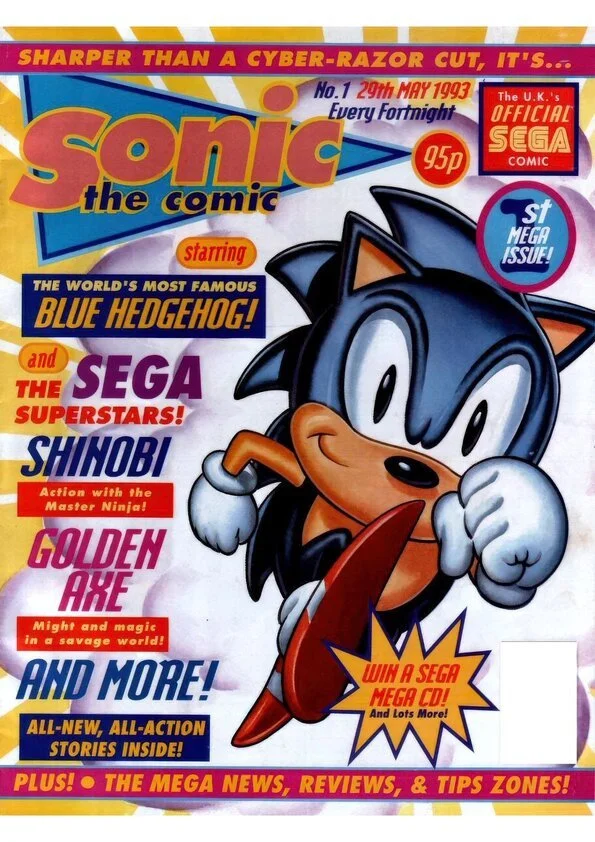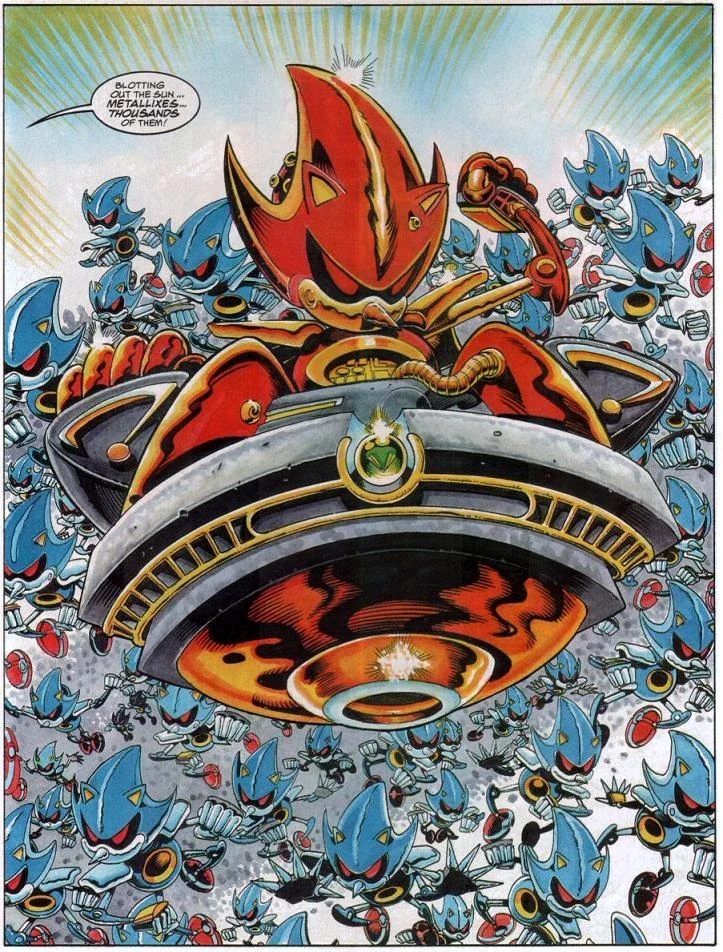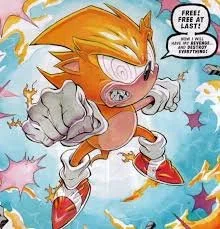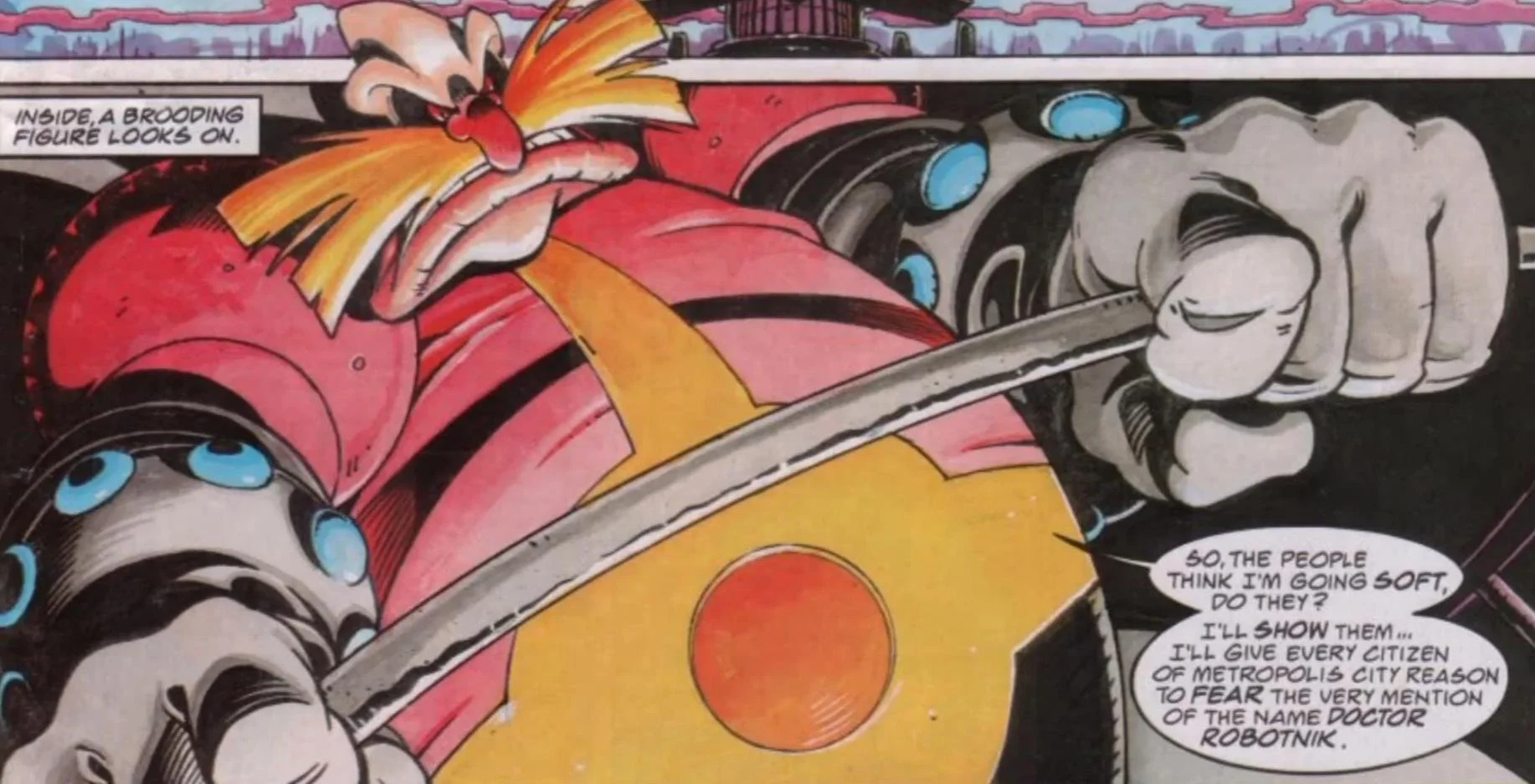There are many Sonics.
I’ve fallen down the 90s nostalgia trap that is Sonic the Comic the Podcast, where the hosts go through every issue of Sonic the Comic. For me it is the definitive version of the blue hedgehog, however my opinion isn’t wholly common online. In recent years I’ve found out that many people don’t appreciate Fleetway’s take - and it’s reminded me just how many wildly different versions of the world’s fastest hedgehog exist.
There’s the cocky, anti-authoritarian 90s icon we all grew up with and marketed to within an inch of our lives.
The anxious, endearing movie Sonic who just wants a mate and some peace and sounds remarkably similar to Jean Ralphio…
The silent, existential runner from the games.
One character. A dozen narratives. Zero canonical truth.
And that, my friends, is basically user-centred design in a nutshell.
The value of what we make isn’t in the thing itself — it’s in what people do with it once it’s out there.
Stop Designing “The Final Product” (You’re Building a Starter Kit)
Design teams love to argue about canon.
What’s the real user journey?
What’s the one true tone of voice?
What’s “on brand”?
But users don’t care about your internal mythology.
They care about what actually helps them get through their day.
The second your product lands in someone’s world, amid the noise, kids, caffeine, browser tabs, and general chaos, it stops being your design.
They’ll use your beautifully crafted to-do app as a shopping list - that will slowly become abandoned.
They’ll turn your pristine comms tool into a meme dump, well I do anyway.
They’ll write their hopes, dreams, and expletives into the CRM notes field and then panic when they find out that it’s shared with the client (true story).
You designed a precision instrument. They’re using it as a hammer.
And honestly? If it still drives in nails, that’s a success story.
Fleetway Super Sonic: WHY Workarounds MEET USER NEEDS
Fleetway Super Sonic is what happens when a design gets broken on purpose — and ends up even more interesting.
Originally, “Super Sonic” was meant to be heroic and in most interpretations he still is.
Sonic the Comic didn’t know that though, they saw a wild yellow design and thought “What if it’s pure evil instead?”
Same material, same design. Different story. Better result (fight me.)
Your users do this all the time:
They build a 12-sheet spreadsheet to replace your expensive dashboard because their way ‘just feels better’.
They send each other unofficial “fixes” in Slack instead of logging tickets.
They take a photo of your QR code, print it out and share it amongst each other because the “share” function is buried three menus deep.
They’re breaking your design for reasons that make perfect sense to them - but in their minds they’re not breaking it - they’re working with it.
They’re not misbehaving - they’re using.
Sometimes the best insight you’ll ever get is watching someone completely ignore your instructions and still win.
Coherence Beats Consistency Every Time
When fans debate Sonic, they’re not arguing about quills or shoes — they’re arguing about vibe.
Does this feel like Sonic?
That’s coherence — and it’s the holy grail of design storytelling.
Consistency is keeping the logo the same size on every page.
Coherence is making sure the story still makes sense when someone uses your product upside down, backwards, or with a broken mouse.
If your brand promise is “we save you time,” but your user spends two hours trying to export data, the story falls apart.
Coherence is what lets your design flex and still feel true when it’s bent by reality.
Design Isn’t a Finish Line. It’s a Starting Line.
Your user is the final designer. Always has been.
Everything we make is just a set of invitations and affordances, a starter kit for behaviour we hope happens.
The best designs expect to be broken, stretched, hacked, and remixed.
So stop designing like you’re writing a novel.
Start designing like you’re building a sandbox and share your iterative plan.
Let people play with it, break it, rebuild it, and tell their own story with it.
If it still holds together after that, you’ve made something genuinely human.
In the End: Sonic Survives Because His Story Does
Sonic has survived decades of reboots, rebrands, and reinterpretations because his story is simple - run fast, jump on robots to free animals.
That core still holds up, no matter how weird it gets. The same story could be reinterpreted countless ways.
Evil scientist Doctor Robotnik (I’ll be long dead before I call him Eggman) is playing god, warping nature, enslaving innocents and remaking the world to his ideal automated hellscape.
A plucky band of environmentalists fight up against the man.
A hedgehog runs fast and jumps on robots.
Same source material - WILDLY DIFFERENT INTERPRETATIONS.
That’s the real UX storytelling lesson.
The story doesn’t have to be consistent, it just has to be true enough for people to keep making it their own.
Your product isn’t a sermon, let people play with it and get to their destination - play with it.



